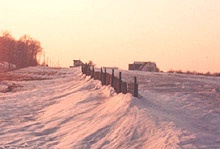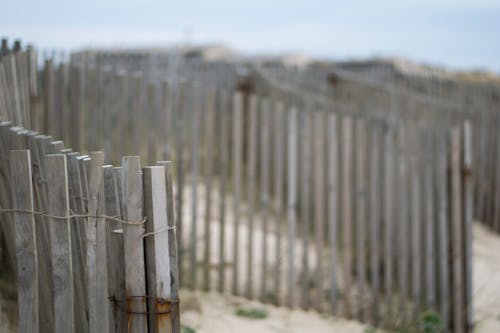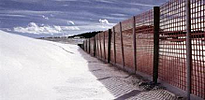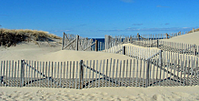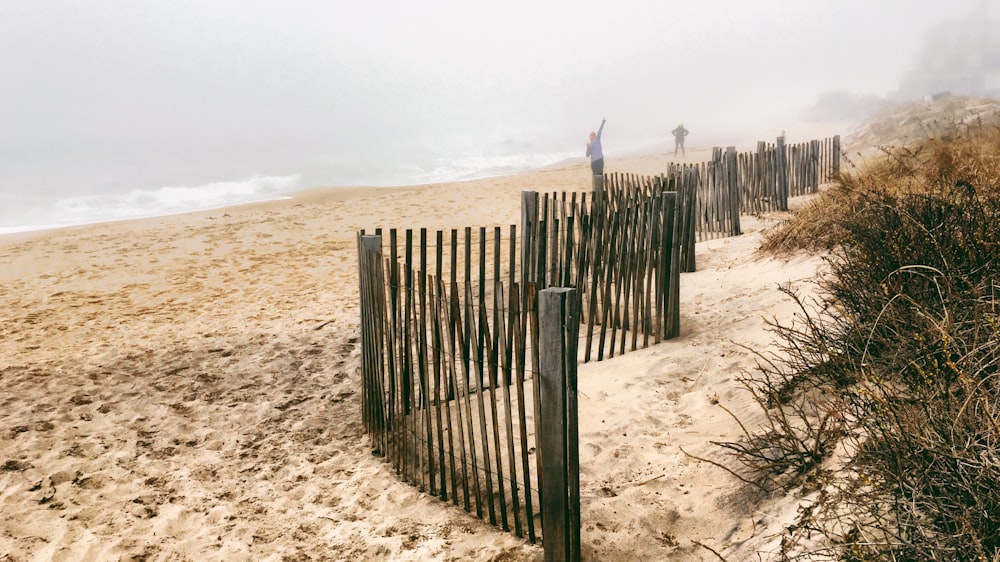Safety on the Roads
A snow fence is a very desirable barrier for road and highway maintenance as blowing snow reduces visibility for drivers, blinding them and causing accidents through lack of vehicle control. Blowing snow also complicates the upkeep of roads. Unmanaged snowdrifts reduce visibility at intersections and curved roadways, increase the buildup of ice, bury signs, and reduce the effectiveness of guard rails and safety barriers.
Snow and Sand Fences - their effect
Blowing snow particles are similar to tiny grains of sand. Those particles too heavy to be suspended in the air move by bouncing or intermittently jumping along the surface of the ground. The heaviest particles roll or creep along the surface, collecting into drifts or dunes. Snow and sand fences restrain the wind, acting as windbreaks and slowing its speed. This forces more of the suspended particles to fall to the ground and the creeping particles to come to rest. Some particles are also deposited on the upwind side of the fence. This drift is normally 15% of the amount captured on the downwind side.
Protecting the Coast
As sand dunes are a major buffer between sea and land, maintaining the dunes is a key to preventing coastal erosion. Not only do properly placed sand fences preserve dunes, but they can also divert foot traffic away from helpful dune-preserving plants such as cape beachgrass.
Drift or Dune Growth - the stages
Stage 1 - A lens-shaped drift forms as creeping particles are caught by the fence. The wind force diminishes for a distance equal to about 15 times the height of the fence. As the blowing snow or sand falls to the ground, the drift becomes deeper until the wind no longer follows its curvature.
Stage 2 - An eddy or recirculation zone forms at the downwind end of the drift or dune. The mass of the drift itself adds increasingly significant wind resistance which may improve the efficiency of the fence. A recirculation zone at the tail of the drift traps particles that blow off the top. The drift becomes deeper but not much longer.
Stage 3 - As the drift approaches its maximum depth (for 50% porous fences, 1 to 1.2 times the height of the fence) the recirculation zone at the tail end fills in as the drift lengthens downwind. This trapping efficiency declines as the recirculation zone diminish in size.
Stage 4 - When the downwind end of drift or dune begins to assume a smooth profile, the recirculation zone begins to disappear. Subsequent growth is slow as the drift approaches its maximum length.
Read our blog article "How To Install Snow & Sand Fence - Guidelines."
Information was taken, in part, from the Strategic Highway Research Program by The National Research Council.

